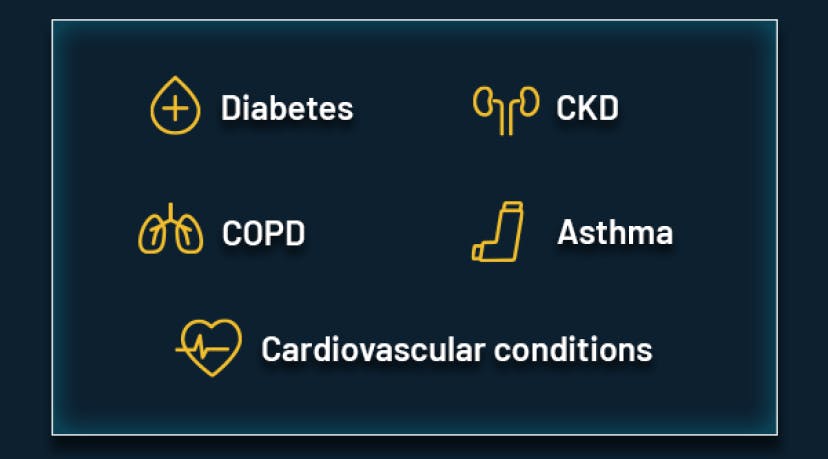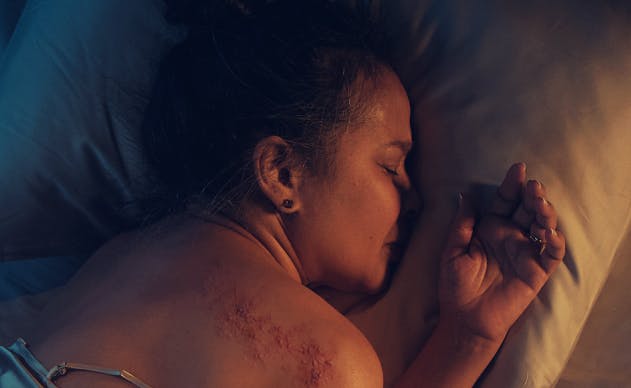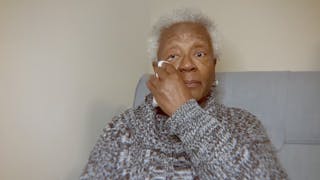DeAnn, age 55
A real person who had shingles
Hear how shingles impacted DeAnn.

You are about to leave a GSK website
You are about to leave a GSK website. By clicking this link, you will be taken to a website that is independent from GSK. The site you are linking to is not controlled or endorsed by GSK and GSK is not responsible for its content.
During an episode, the pain caused by shingles could impact your patients more than you realize.1
Age is one of the most important risk factors for shingles. The risk of developing shingles sharply increases starting at 50 years of age.3
99.5% of people ≥50 years are latently infected with the varicella zoster virus.3,4
In 1 out of 3 people, the dormant virus will reactivate in their lifetime and cause shingles.3
Patients 50 years and older may have additional risk factors.
Certain comorbidities have been associated with increased risk of shingles. These include5

CKD=chronic kidney disease; COPD=chronic obstructive pulmonary disease.
The rash generally lasts 7 to 10 days, with complete healing in 2 to 4 weeks7
The pain of shingles can vary, but has been described as an aching, burning, stabbing, or shocklike sensation3
Herpes zoster that affects the ophthalmic division of the trigeminal nerve is called herpes zoster ophthalmicus (HZO). This occurs in 10% to 25% of shingles cases and can result in ocular complications.3,6
In some cases, shingles can lead to serious or long-lasting complications3

Real person who had shingles.
Other people’s experiences may be different.
Hear how shingles impacted DeAnn.

Hear how shingles impacted Sherri.

Hear how shingles impacted Vanessa.

Hear how Charles was impacted by shingles and PHN.
